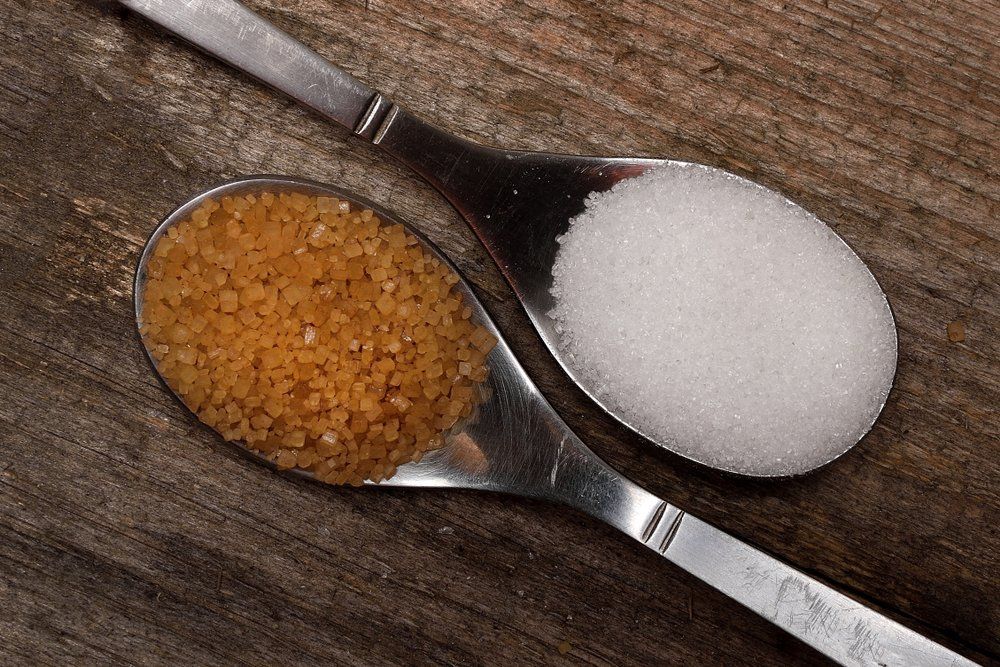Exploring the Distinctions in Usages and Benefits Between Beet Sugar Vs Cane Sugar
In the cooking world, the option in between beet sugar and cane sugar is not simply concerning sweet taste but entails a nuanced consideration of flavor, application, and effect. While both sugars stem from various plants, each undergoes distinct manufacturing processes that subtly affect their features and suitability for different recipes.
Beginnings and Production Processes of Beet and Cane Sugar

Walking stick sugar, on the other hand, comes from the sugarcane plant, a tropical grass indigenous to Southeast Asia yet now cultivated in tropical areas worldwide - beet sugar vs cane sugar. The manufacturing of cane sugar starts with the harvesting of cane stalks, which are crushed to launch the juice.

Nutritional Material and Wellness Considerations

When contrasting the nutritional content of beet sugar and cane sugar, it ends up being evident that both kinds essentially offer the same calorie values, with about 16 calories per tsp and no considerable nutrient variety. Both sugars, when eaten in excess, can contribute to raised blood glucose degrees, a threat aspect for diabetes mellitus and other metabolic problems. From a wellness perspective, regulating intake of any kind of type of sugar, whether from beet or cane, is suggested to prevent these potential unfavorable results on wellness.
Taste Profiles and Culinary Applications
Despite their comparable chemical structures, beet sugar and cane sugar vary subtly in taste, which can influence their usage in different cooking contexts. Walking stick sugar typically carries a tip of molasses, even in its polished form, offering a warm, caramel-like touch that enhances baked products, coffee, and chocolate-based recipes. On the other hand, beet sugar is identified by its extremely improved, why not check here neutral taste, making it a flexible sweetener that does not modify the flavor accounts of recipes.
Environmental Influence and Sustainability
While both beet and cane sugars are stemmed from plants, their ecological effects vary significantly because of the distinctive techniques of farming and processing required his response for every. Sugar beet farming typically entails comprehensive automation, which can raise fossil fuel usage and carbon emissions. Nevertheless, beetroots can be grown in cooler climates and need much less watering, possibly reducing water usage contrasted to sugarcane. Sugarcane, on the various other hand, is typically grown in tropical regions where it depends greatly on watering and a much longer growing duration, raising its water impact.
Additionally, the handling of sugarcane commonly generates a substantial quantity of waste, consisting of bagasse, which, although functional as biofuel, frequently adds to air pollution if melted inefficiently. Sugar beet handling uses more of the raw materials, resulting in much less waste. Both sectors deal with difficulties in decreasing their environmental impacts, however continuous developments in agricultural practices and waste management are aiming to boost sustainability.
Economic Factors Affecting the Sugar Industry
The financial dynamics of the sugar sector are considerably affected by global market needs and trade plans. Variables such as tariffs, aids, and international profession agreements play vital roles fit the affordable landscape. For example, in areas where sugarcane or sugar beet production is subsidized, producers might have a financial benefit that enables them to use lower costs on the worldwide market. This can develop disparities in earnings and market accessibility for producers in countries without such subsidies.
Furthermore, changes in international need for sugar, affected by nutritional fads and commercial usage in food, directly effect costs and manufacturing degrees. beet sugar vs cane sugar. Climate condition likewise play a pivotal role, as they can considerably impact crop yields and, consequently, the supply chain. This variability introduces a degree of financial unpredictability that can bring about financial investment volatility in sugar manufacturing markets, affecting decisions from planting to market technique
Conclusion
In verdict, both beet and cane sugar have special qualities that match various culinary needs. While cane sugar conveys a rich flavor perfect for enhancing baked items, beet visit their website sugar's neutrality is perfect for lighter meals.